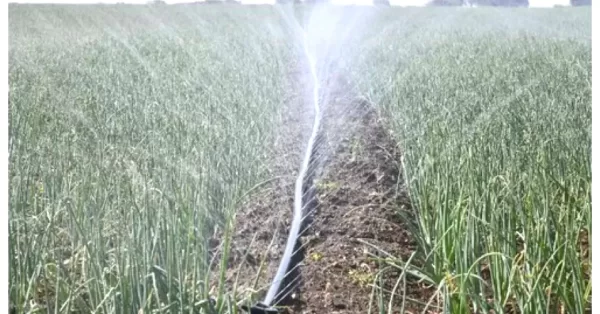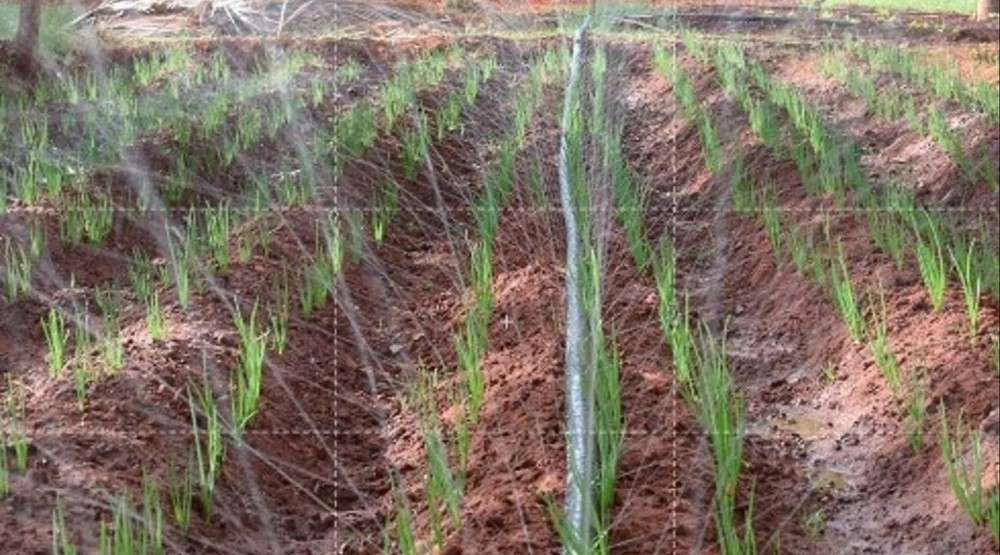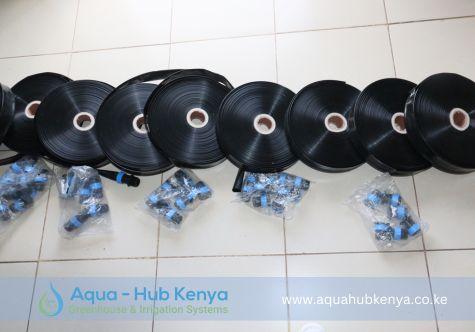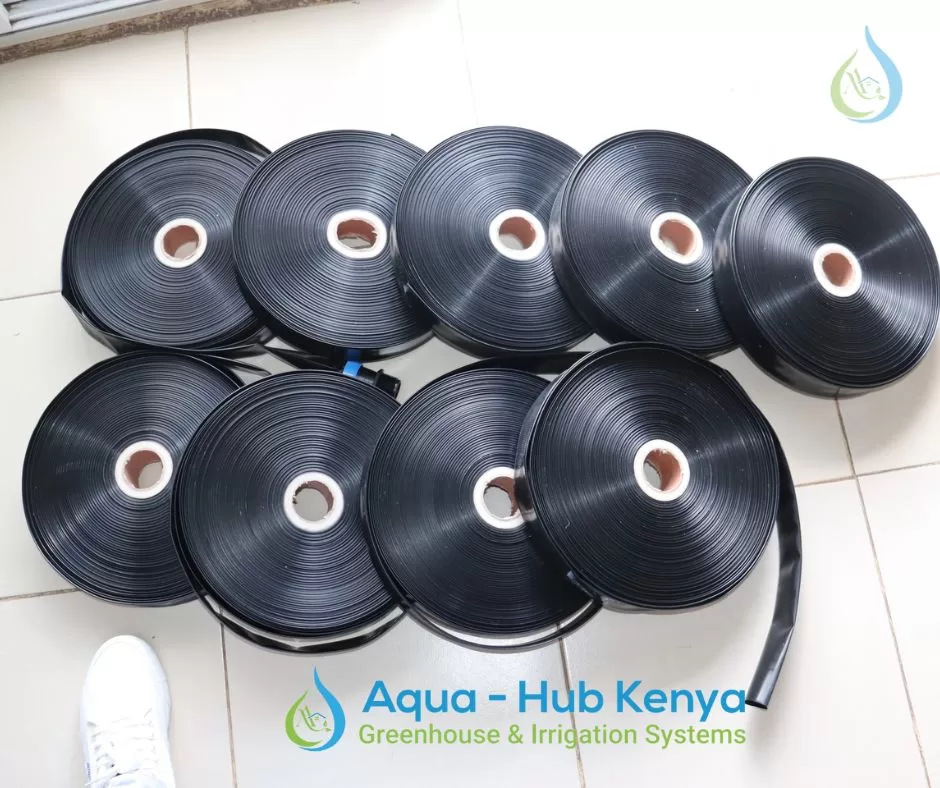How to use Rain Hose Kits: All You Need to Know
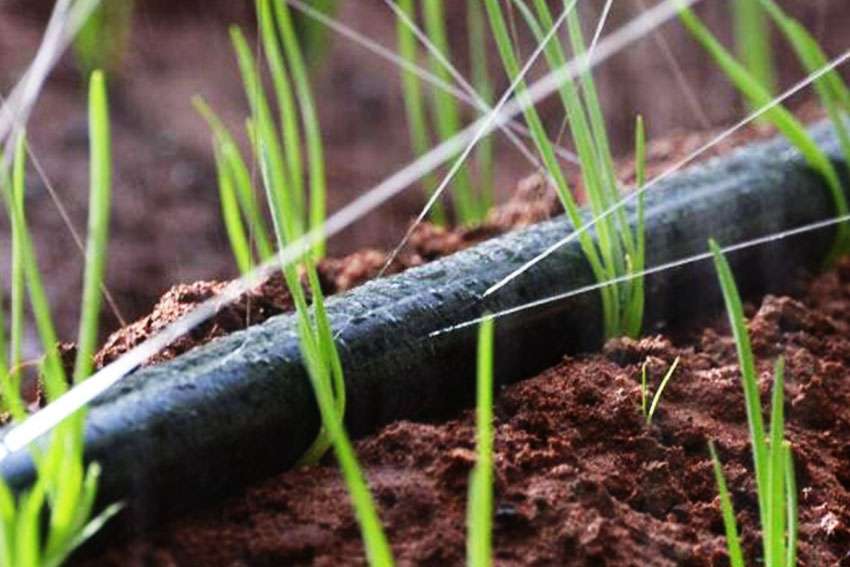
Rain Hose Kits provide a faster ground-wetting ability with their high flow rate and all-round spraying effect. Rain Hose irrigation system is an effortless option to irrigate high water-consuming plants in open fields.
Introducing Effective Rain Hose Kits in Kenya
Rain Hose Kits are smart rain hose pipe connections that include supply pipes and fittings that facilitate water flow to a perforated soaker hose supply pipe.
Soaker or Rain hose pipes have numerous tiny holes on the entire length that release small rain jets or sprays of water. Rain hose pipes lie between the plant lines and release water on both sides to reach the plant line root zones.
Rain Hose Prices in Kenya
Can range between KES 3,500 to KES 7,000 for small to big rain hose pipe sizes.
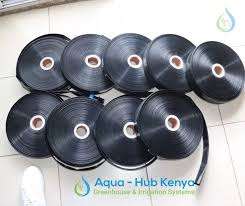
Explore the Specifications and Features
- Rain hose pipes are available in different pipe diameter sizes: 32 mm, 40 mm, and 50 mm.
- High-pressure requirement for rain hose kits to operate. 30 M head Pump is ideal.
- Filtration is necessary to prevent the rain hose kits from clogging.
- The flow rates vary as per the size of the pipe or diameter size.
- The radius of flow also varies with a diameter size accordingly.
7 Essential Components for a Rain Hose Irrigation System
For a rain hose irrigation system to work it must consist of 7 effective components. The following components ensure the system moves water to plants in an effective manner.
- Rain Hose Pipe – The main accessory to distribute water as a delivery pipe at the end of the irrigation system. Rain Hose pipes are designed with nano-punching technology to enhance the effective irrigation effect.
- Mainline supply pipe – The start of an irrigation system contains a primary water supply pipe. Can either be HDPE pipes or PVC pipes. Most people prefer HDPE due to its higher durability.
- Offtake Rain Hose Fittings – Joins the mainline supply to rain hose pipes
- Delivery or lateral pipes – Accessories for connecting supply pipes or sub-connection lines to delivery pipes.
- End Caps – Important Caps to close the end of the main line supply and rain hose supply pipes. The need for end caps is to prevent possible water wastage that occurs when no seal is used.
- Mini Valves – You can use Mini Valves to ensure control of water in the rain hose pipes.
- Pumps – Water Pumps are ideal for providing the high-pressure water push needed in rain hose irrigation systems to enhance the rain supply effect.

Plants that Thrive Under Rain Hose Irrigation
- Leafy Vegetables – Vegetables with high water requirements need consistent and higher moisture content in the soil to develop healthy, green, and bigger leaves. They include spinach, broccoli, and kale.
- Strawberries – They have higher moisture needs for better fruit quality and big sizes. Thus rain Hose Kits can be suitable to use.
- Carrots – The plant needs a smooth irrigation that cannot expose the tubers away. Moreover, a higher but less frequent irrigation is ideal to make the carrot produce higher.
- Herbs – Many herbs, such as basil, cilantro, and parsley, do well with rain Hose kits
- Pastures and Fodder Crops – Animal pastures such as Lucerne, Napier Grass, and Boma Rhodes require steady and much water for faster growth.
Cases Where Rain Hose Irrigation is not Applicable
Even though rain Hose Kits are among the effective ways to irrigate crops, some growing ventures do not allow their application. The use of Rain hose irrigation accessories results in moisture encountering the foliage. Therefore, it leads to fungal infection in certain crops such as tomato, chili, and Potato.
How to increase the Efficiency of Your Rain Pipe Irrigation System
To produce the best results using rain hose kits, adhere to the irrigation practices below;
- Irrigate in the afternoon or after 4 p.m. to reduce the impact of evaporation.
- Conduct irrigation 4-5 times every week to ensure that enough water reaches the soil. The method may require not less than 40 minutes to ensure maximum water penetrates the ground.
- Avoid irrigation during windy days as it may affect the water flow balance to the entire farm.
Instant Rain Pipe Installation Technique
A common and faster technique of setting up and installing rain hose kits is to lay and connect pipes on the ground. For effective results follow the procedure below;
- Place a mainline water supply on the near edge of the farm or bed section. Use a start or mainline pipe of a larger diameter than the preceding pipes.
- Connect the rain hose pipes to the mainline connection. Use a start connector.
- Connect hose pipes using rain hose connectors.
- Attach an end cap to the rain pipe.
Benefits of Using Rain Hose Irrigation
- They are cheaper to purchase compared to other irrigation systems. Generally, they are convenient for close-spaced crops and require fewer rain hose kits per acre compared to drip irrigation kits.
- It applies to a wide range of crops and thus does not limit you much on which plants to grow.
- Rain hose kits work on any type of landscape. There is no worry on a slopy land if you have a high-pressure pump. Water will move to all parts of the farm.
- Rain Horse Kits are durable and capable of withstanding pressure and harsh environmental conditions.
- Due to their noncorrosive nature, rain hose kits cause no water or soil pollution.
- Uniform Water reaches all your plants in the garden or farm.’
- Much easier to assemble, install, and repair rain hose kits.
Where to Purchase Rain Hose Kits in Kenya
Aqua Hub Kenya is the ideal place to purchase quality Rain Hose Kits in Kenya. Our Prices and installation favor small to large-scale farmers.
Call 0790719020
Frequently Asked Questions
What Are the Advantages of a Rain Hose Irrigation System?
- Cheaper to purchase
- Easier to install and use
- Irrigates a variety of crops
- balances water supply
How Does a Rain Hose Irrigation System Work?
Rain hose irrigation has a rain pipe that is perforated along the entire pipe length. It releases rain like sprays of water that provides sufficient irrigation to plants.
What Factors Should I Consider When Choosing a Rain Hose Irrigation System?
The diameter of the rain hose pipe. as per the water requirements of your crops choose the best diameter size to use.
Type of crop you are growing – Some crops are not ideal for rain soaker irrigation; tomato, onions, and potato.
Consider the distance of your water source to ensure you choose the suitable pump size to enhance sufficient pressure rating.
Can I Use a Rain Hose Irrigation System for My Garden?
Yes . Rain Hose systems work best for garden crops and pastures.
Are Rain Hose Irrigation Systems Suitable for Large Agricultural Fields?
Yes. They are ideal for both small and large scale farms. Provided you have sufficient water, you can irrigate large tracts of land using rain hose irrigation.

